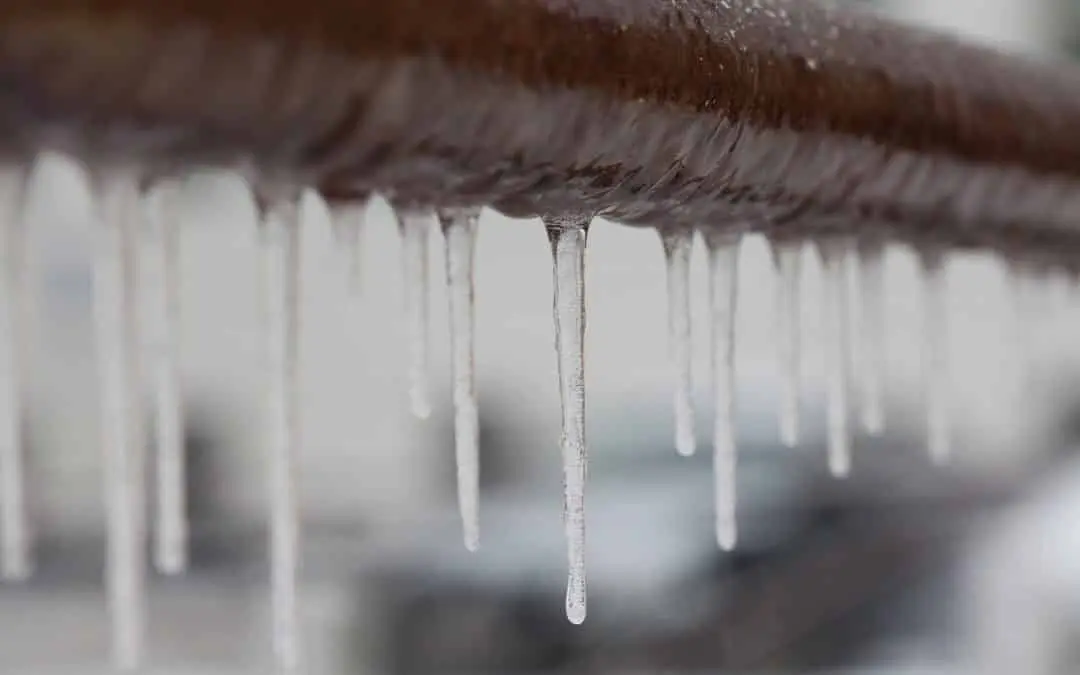Did you know that winter weather is the cause of 25 percent of all insurance claims?
It’s hard enough to avoid winter home damage in the home you’re in every day, but unattended vacation homes are especially at risk.
Regardless of where your vacation home is located: Finger Lakes, Sodus Bay, the Catskills, the Adirondack Mountains or Alexandria Bay — you need to winterize it. It’s the only way to ensure safety and avoid costly repairs on your vacation home.
Follow these tips to winterize your vacation home.
From Pipe Warmers to Hose Bibs, Prepare Plumbing for the Cold
Plumbing is hit hard during winter months. It’s vital that plumbing systems in vacation homes are left strong and ready to endure whatever type of weather mother nature brings to their doors until you return.
Here’s our plumbing checklist for vacation homes.
- Turn off your water supply. Turn off the main water valve, the water pump, and the water heater, in that order. This prevents pipe bursts and leaks from happening. However, if you have a vacation home that uses a steam heating system or fire sprinklers, you’ll want to consult a professional before you make that decision.
- Shut down all water-dependent appliances, flush out toilets, protect shower and sink drains.
- Make sure every drain valve and tap is open.
- Push extra water out of the drainage system with an air compressor. Leftover water will freeze and cause damage to pipes. Drain your hot water and holding tanks.
- Prevent pipes from freezing by wrapping them with insulation, pipe warmers or heating tape.
- Examine the walls, plumbing and entry points into your home from outside. Fix and cracks or damage that could cause leaks or other problems.
- Drain and shut off hose bibs, then insulate them.
- Consider installing sensors to monitor dangerous temperatures and water flow.
Electrical and HVAC Second Home Winterization
HVAC and electrical systems that are abandoned without proper care can become huge risks for the safety of your vacation home. Unattended electrical mains and generators can overheat and combust. “Electrical problems account for about 10 percent of all residential fires” every year! Monitoring these systems has to be taken seriously while you’re away, especially during extreme weather conditions.
Here’s our electric and HVAC checklist for vacation homes.
- Unplug appliances that will not be in use, check every outlet to ensure that nothing was missed.
- Also, shut down electricity from the main. Only leave circuits on for essentials like your security system.
- Fill fuel tanks and schedule routine checks while you are away.
- If your heating system requires your electrical system to be on while you’re gone, schedule routine checks while you’re gone.
- Consider installing a smart programmable heat and electrical management system so you can watch levels while you’re at your primary home.
- Decide if you should have your gas service stopped while you’re away, or if you should turn it off at the main.
Avoid Costly Repairs on Your Vacation Home: Get Ready for Snow
Snow can be your vacation home’s worst nightmare if it isn’t properly prepared for it. Neglected home maintenance, overlooked cracks in roofing can lead to collapse, openings can become entry-points for wildlife seeking shelter. Regardless of where your vacation home is located, it’s smart to prepare it for every possible type of weather.
Here’s our snow checklist for vacation homes.
- Clean your gutters so melting snow will be able to drip off of your roof.
- Check your roof for leaks, damages, and repairs. You want to avoid leaving any entry points for pests and weak points for the snow to weigh on.
- Insulate doors and windows.
- Repair opening in your attic and clean it.
- Clean debris from your chimney and examine it for damage.
- Bring patio furniture indoors.
- Remove tree limbs hanging over your home or dead trees that could come crashing down during severe weather.
Beyond Interior and Exterior Cameras: Vacation Home Security
Unfortunately, a lot of criminals prey on vacation homes in the winter. Many of us might rely so much on alarm systems and exterior cameras that we overlook the basics. Ensure that your vacation home looks lived in, and not of value to criminals when you’re not there.
Here’s our security checklist for vacation homes.
- Stop any mail delivery to your home. A pile of mail at your doorstep is an indicator no one is home.
- Run alarm system checks and tests before you leave.
- Install exterior and interior light sensors.
- Install exterior and interior cameras.
- Lock all doors and windows.
- Try not to keep a lot of valuables in your vacation home. If you must, store them in a safe or nearby storage facility while you’re away. Especially remove anything that communicates wealth from the view of windows and doors.
- Secure chimneys and other indirect entry points to your home.
- Don’t brag on social media about your vacation home.
Getting Tips to Winterize Your Vacation Home From a Professional
The best way to ensure that your vacation home is ready to endure the winter is to hire a professional team to run the check for you. Especially if undertaking these second home winterization tips feels overwhelming, or you’re worried that you lack the know-how to do it yourself. A few hundred dollars is worth the investment of peace of mind and is a lot less expensive than the thousands it will cost you to repair a burst pipe or a collapsed roof.
Have questions about winterization? Give us a call! We are fully licensed and insured experts located in Westchester County!



